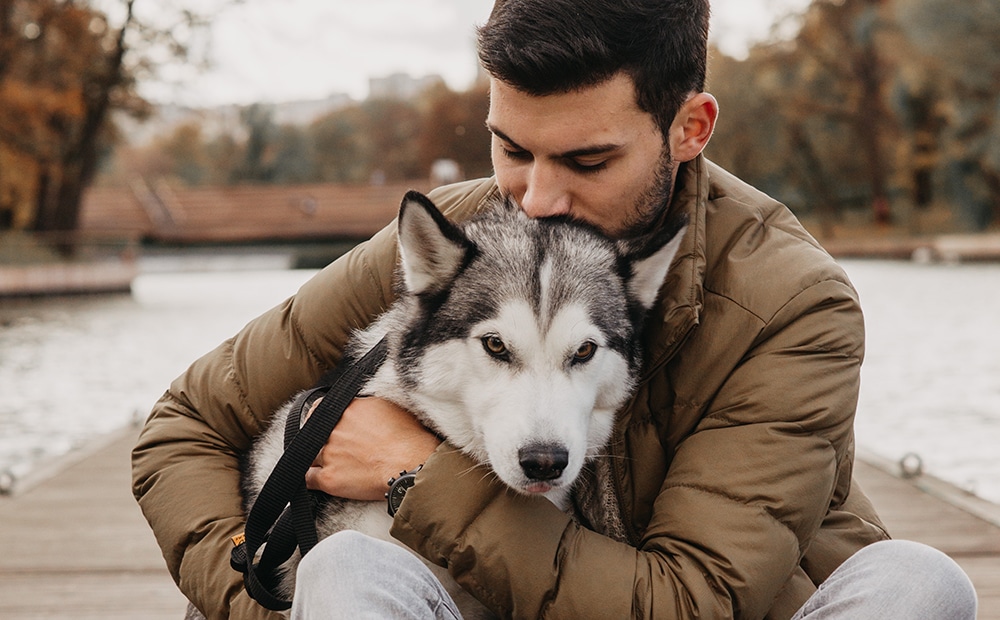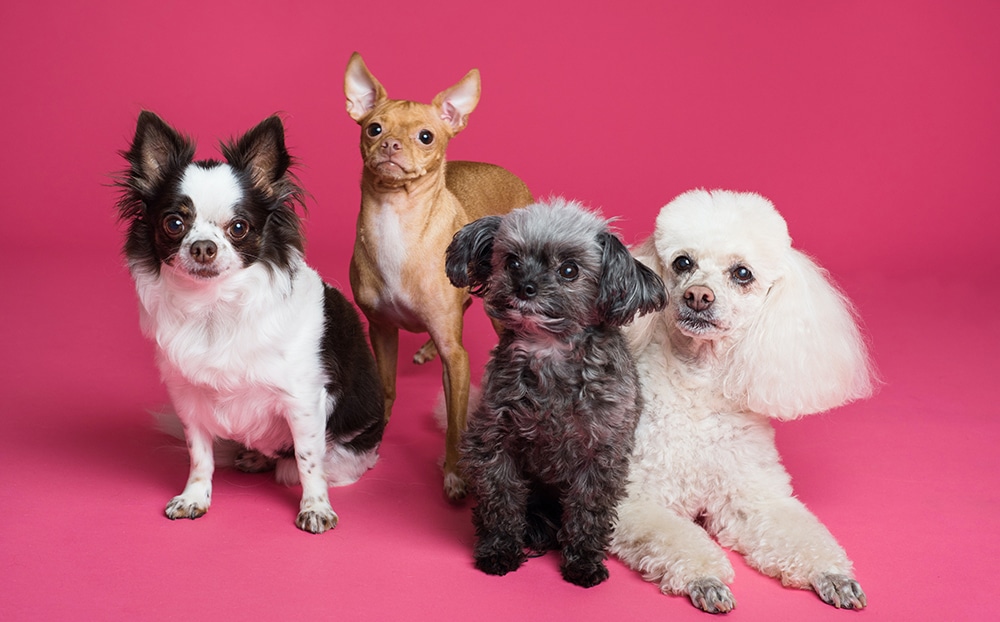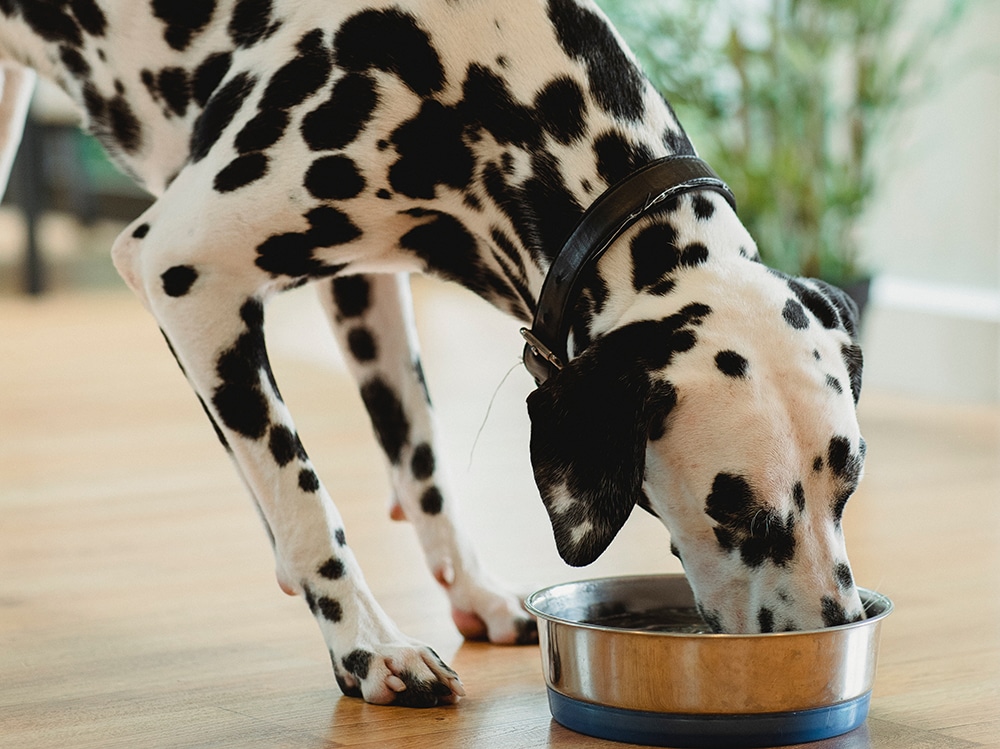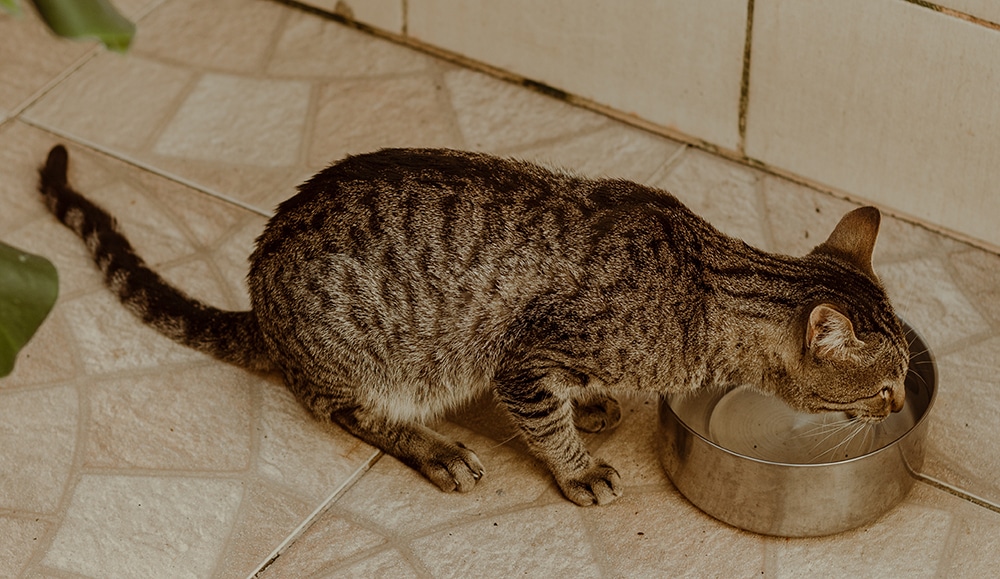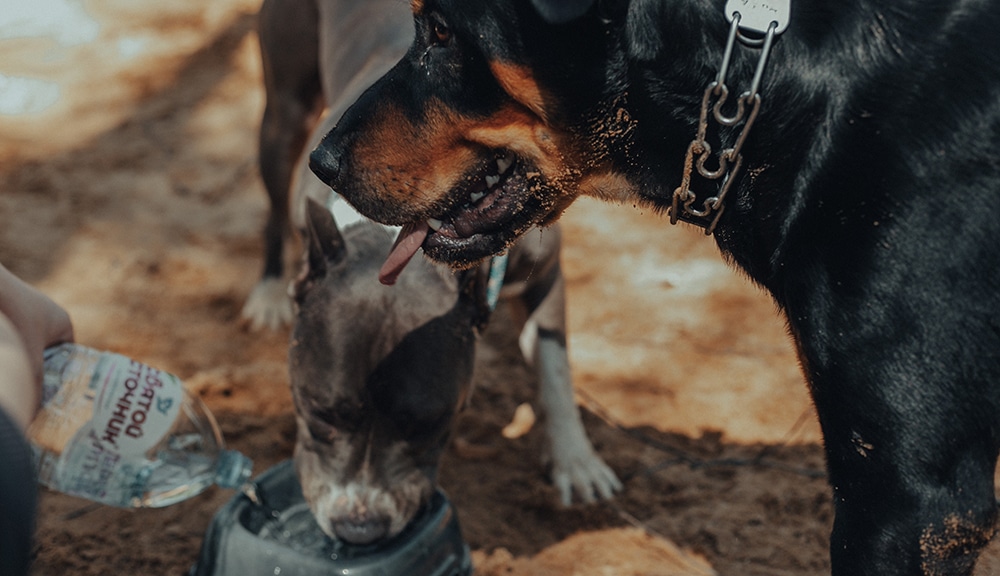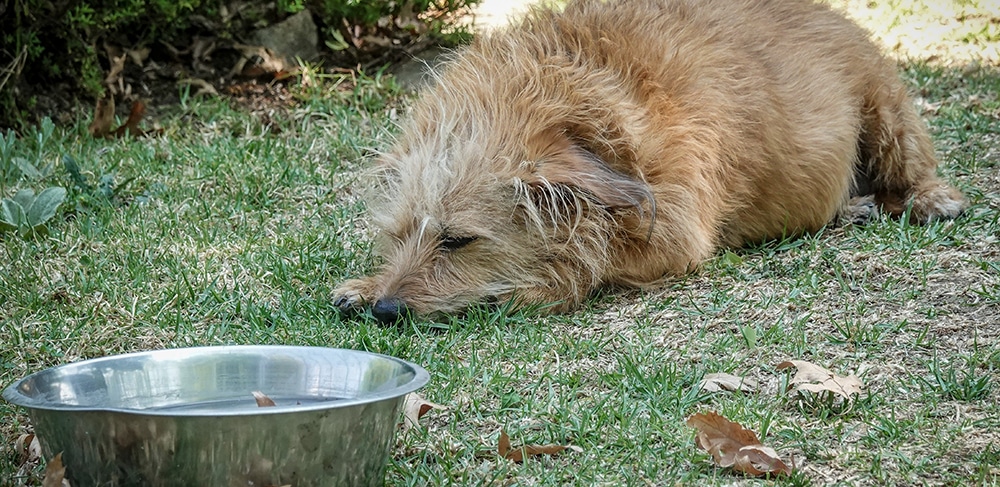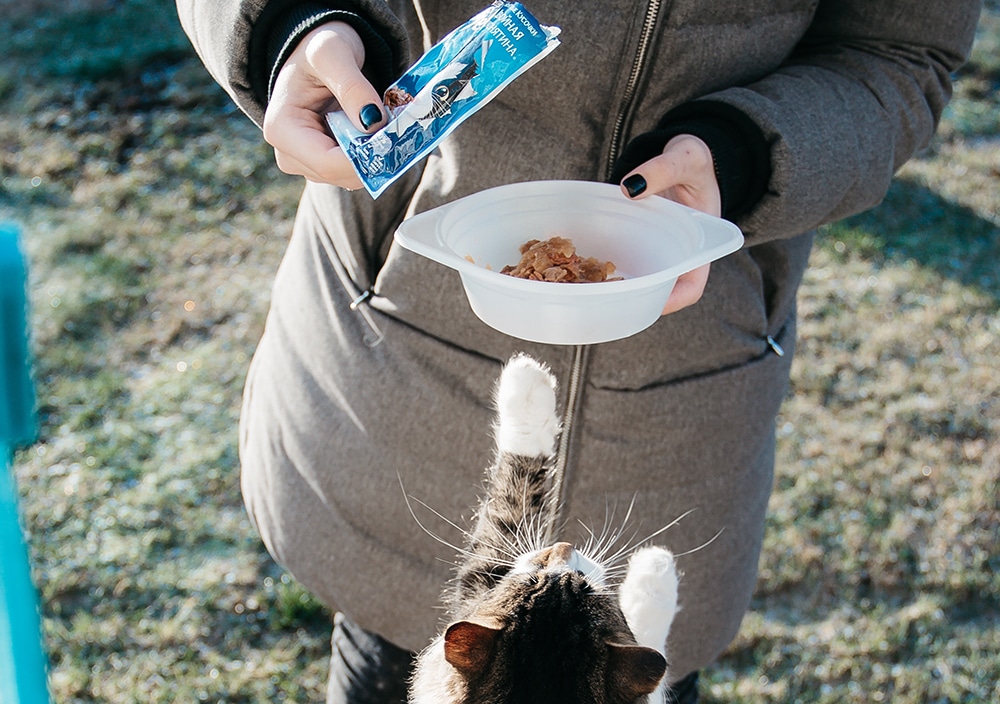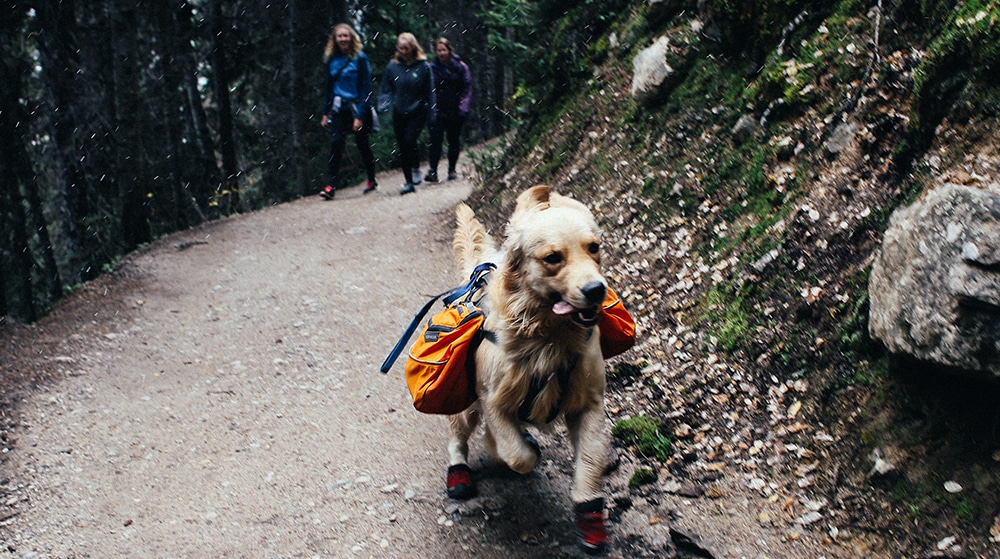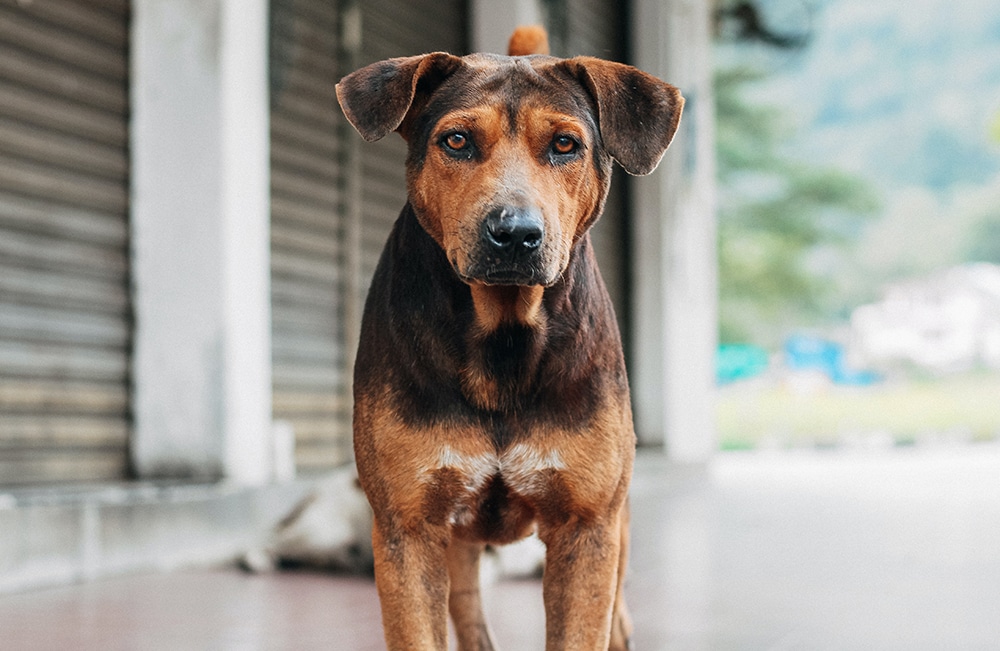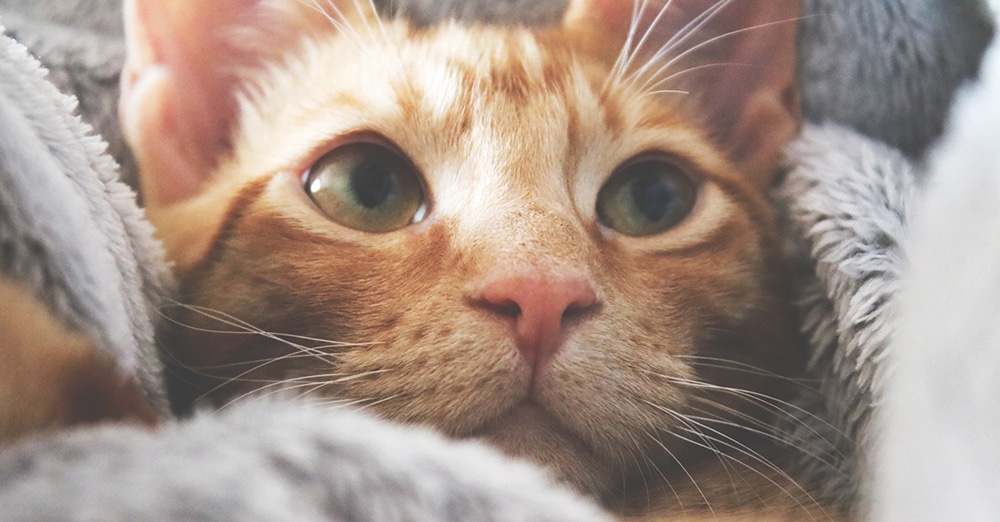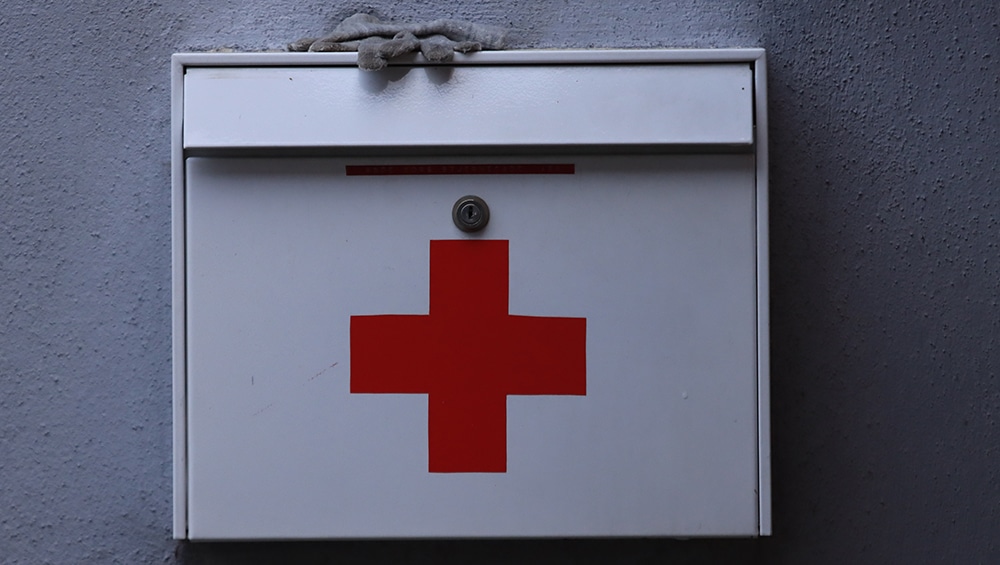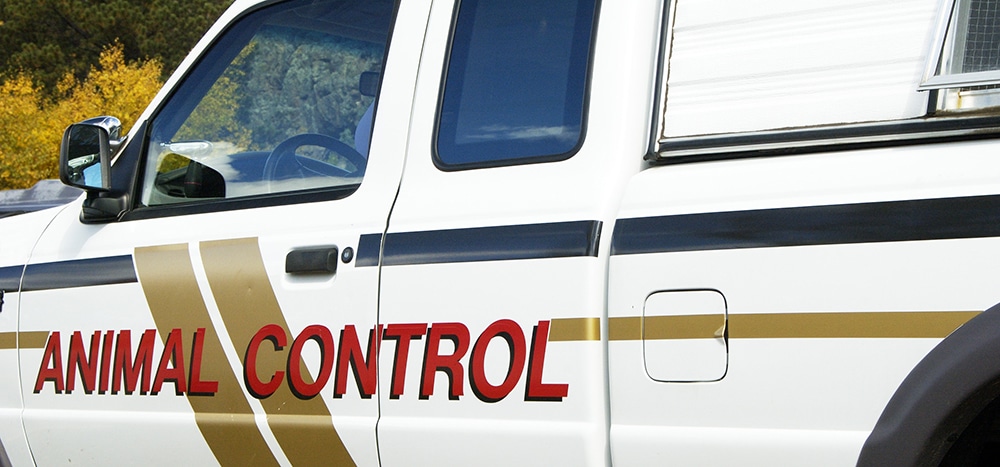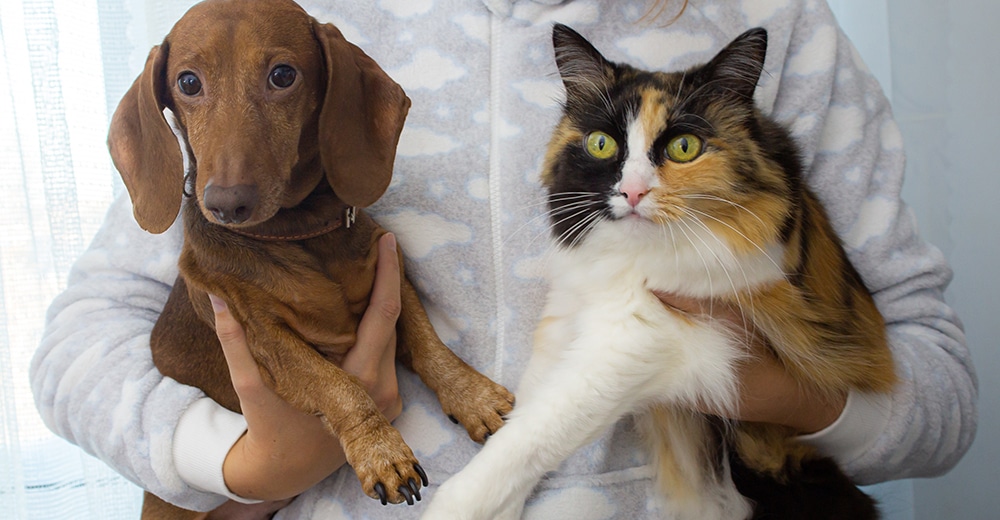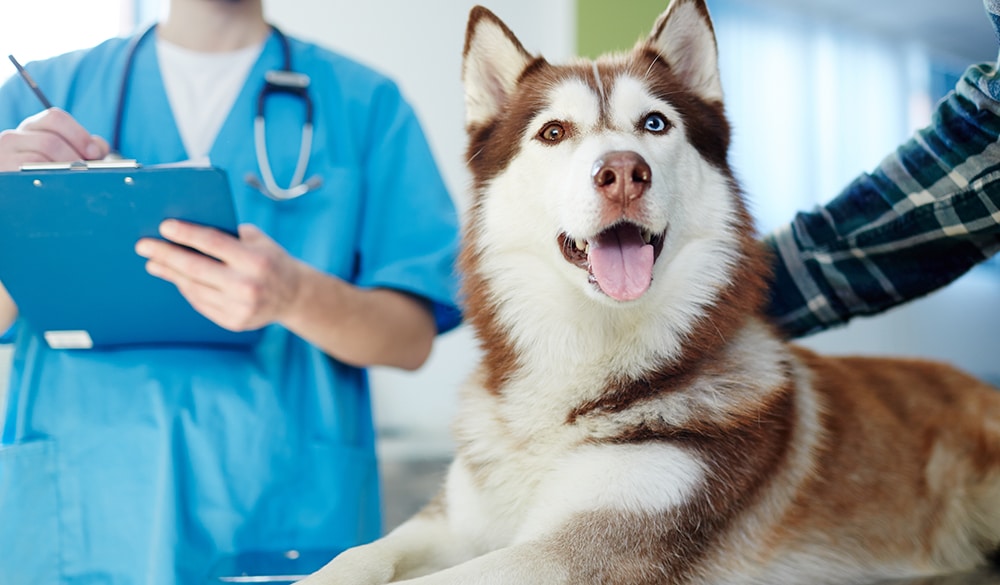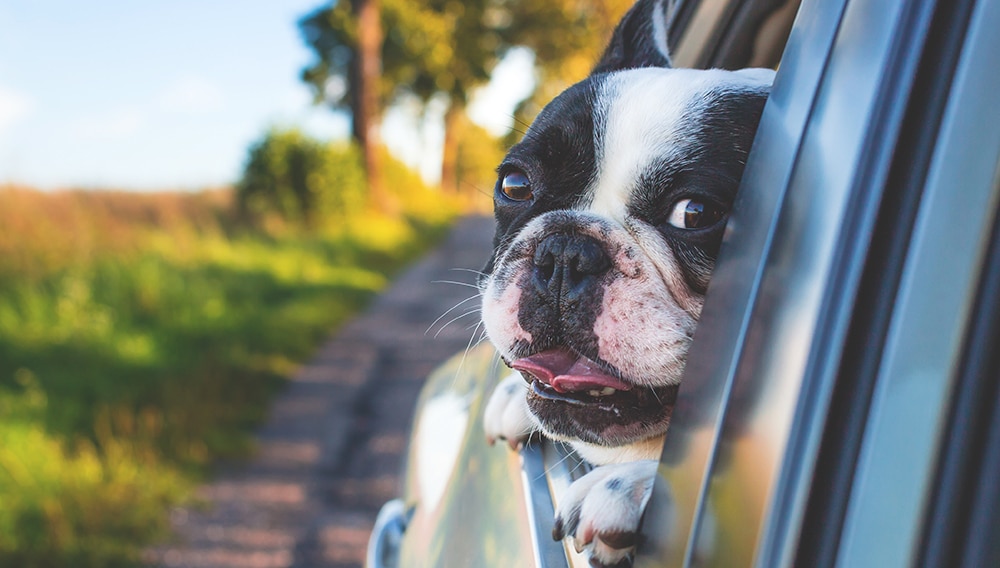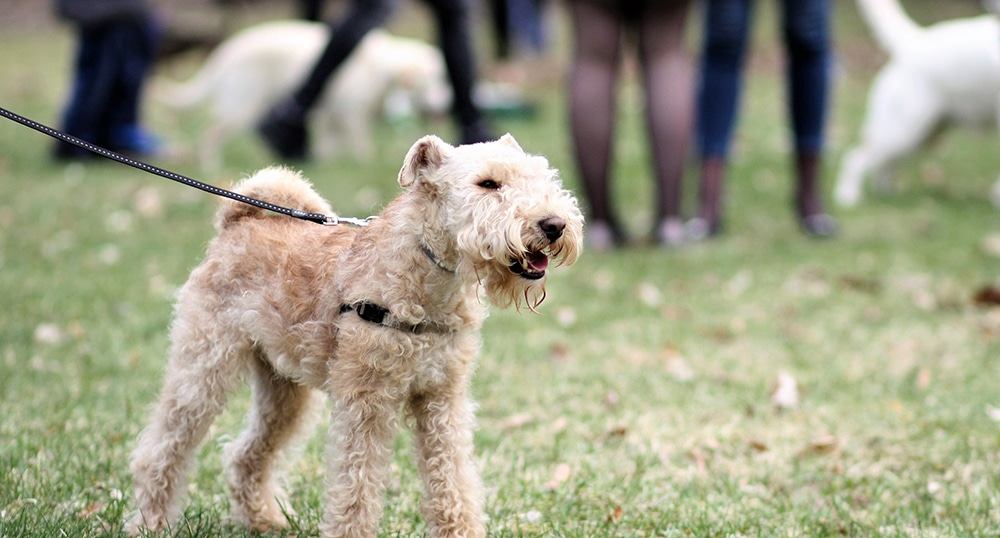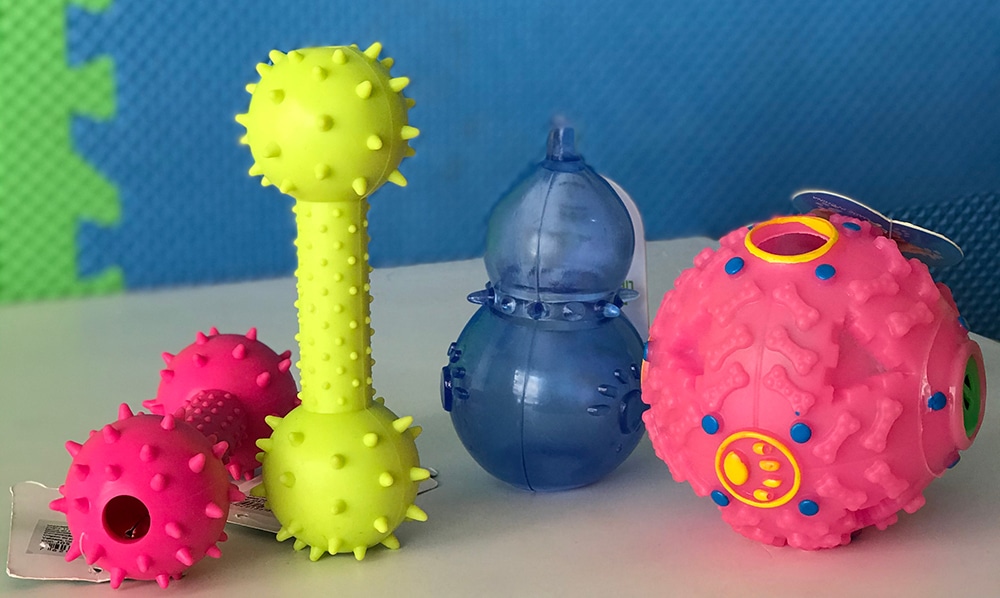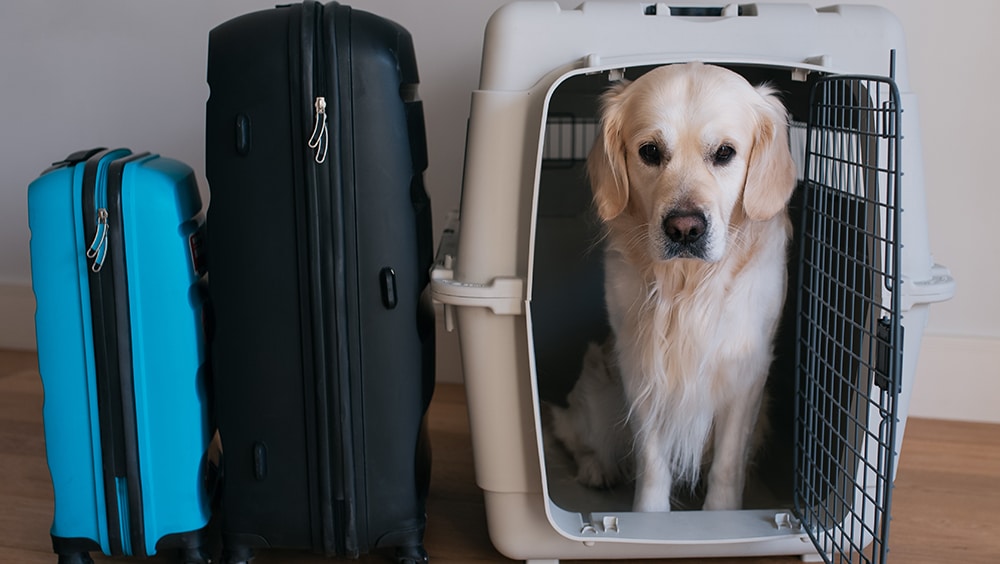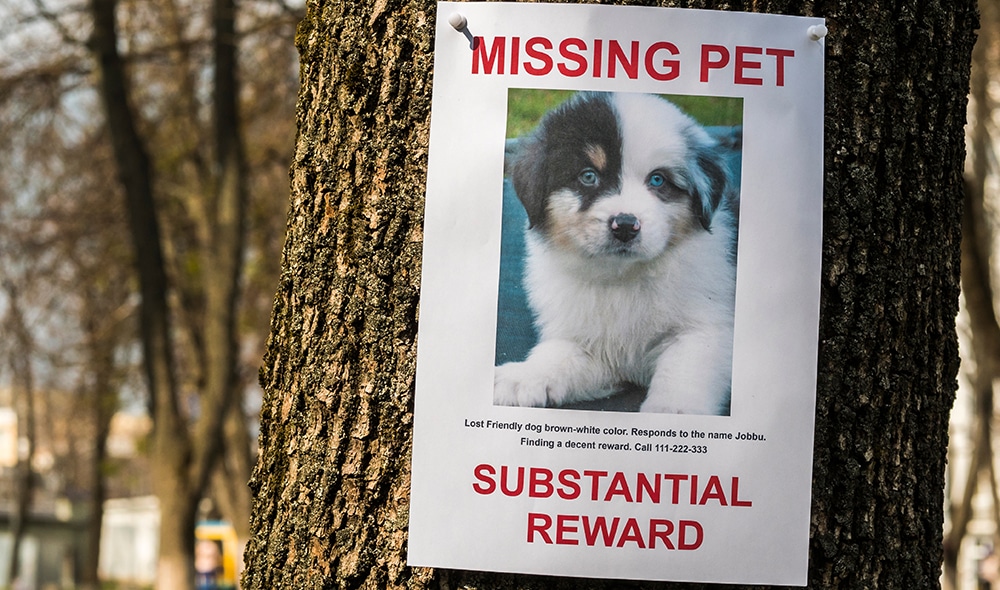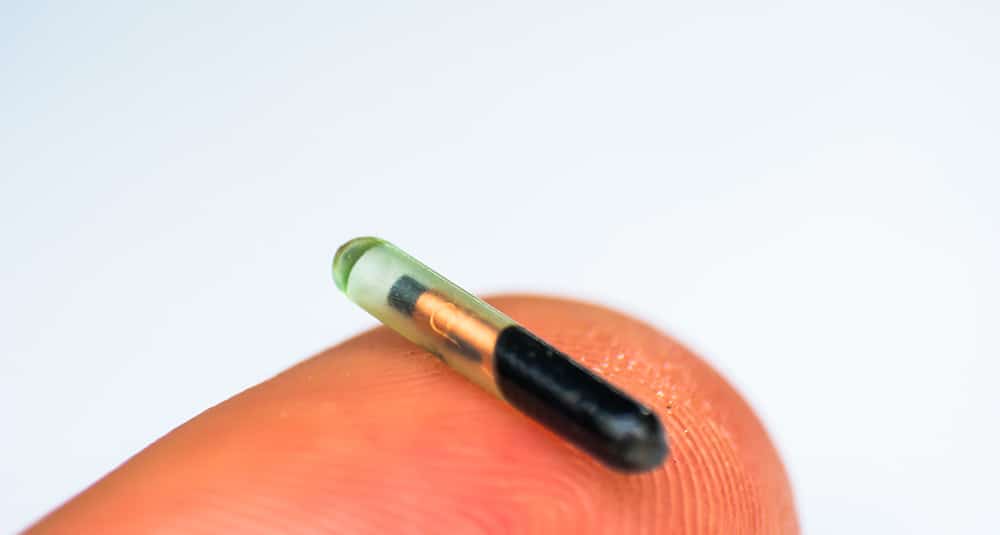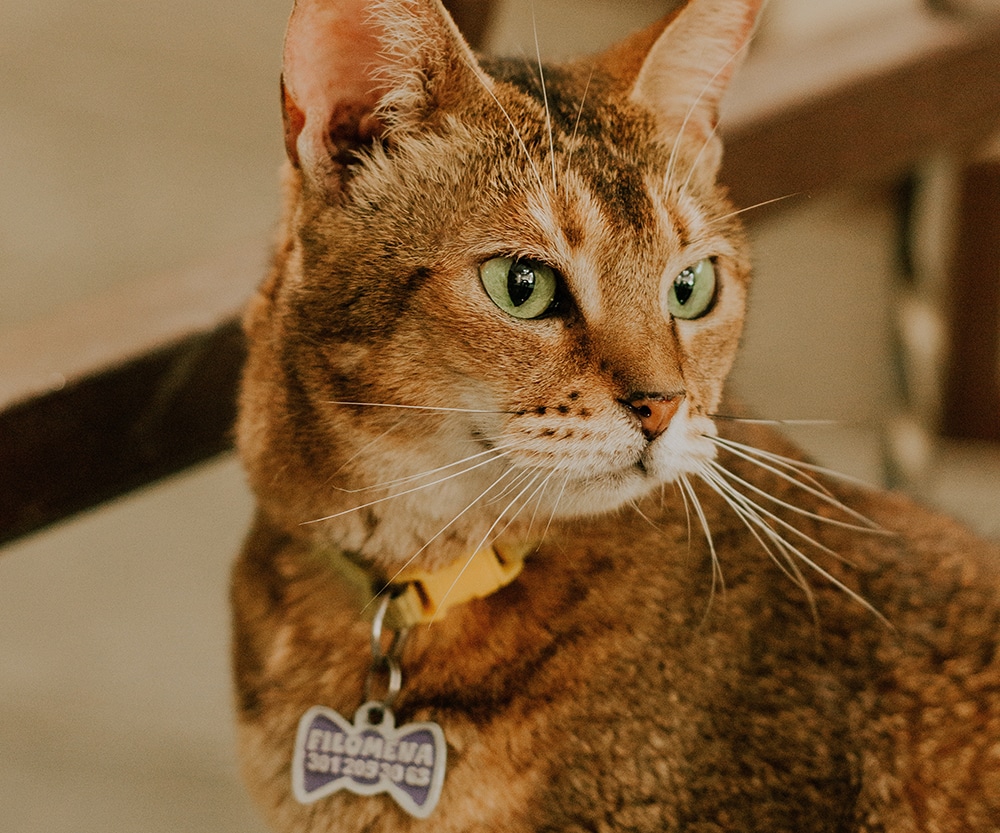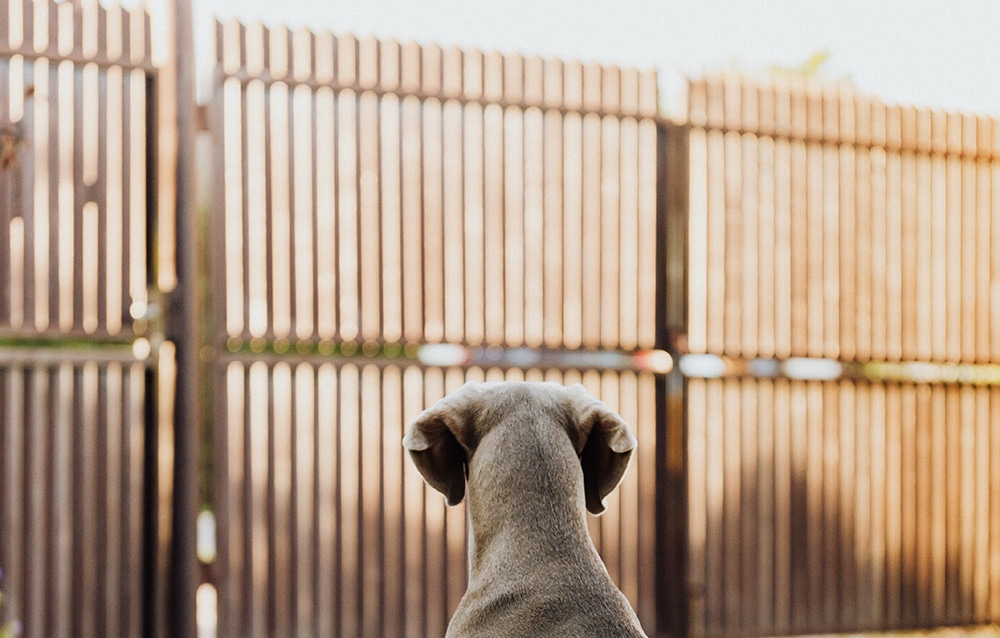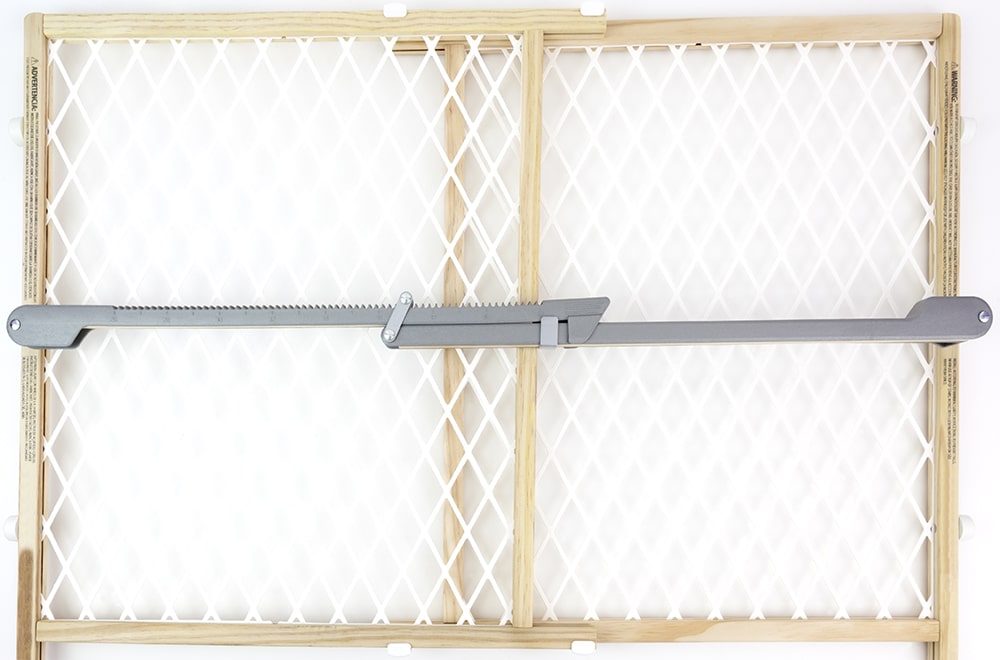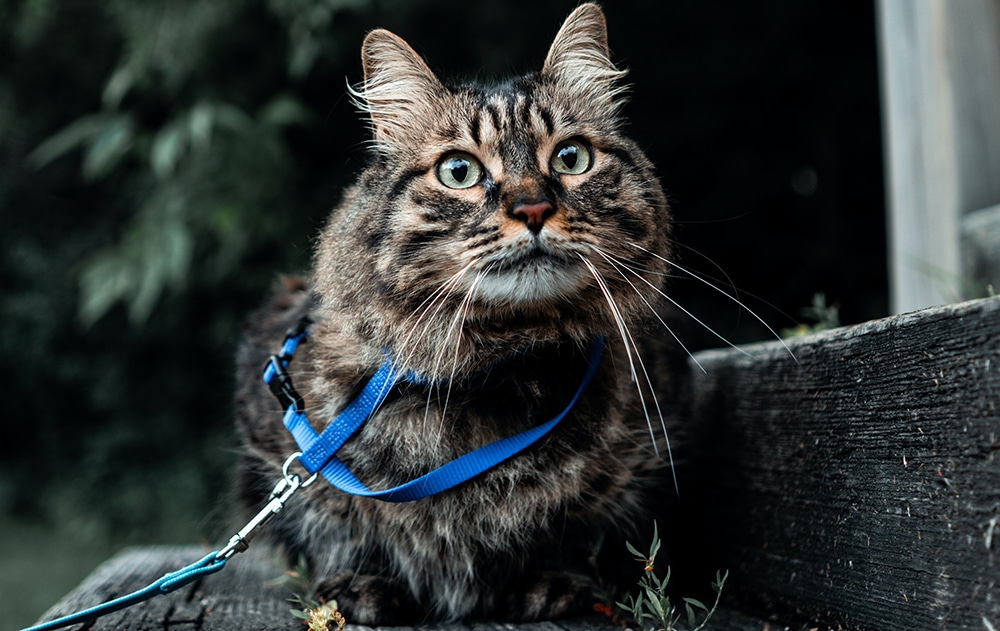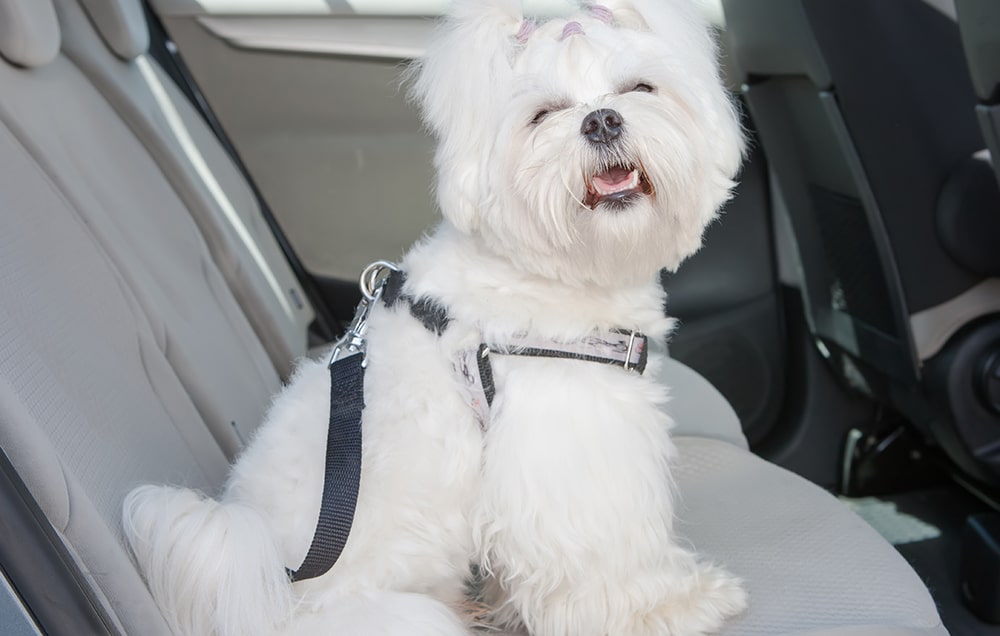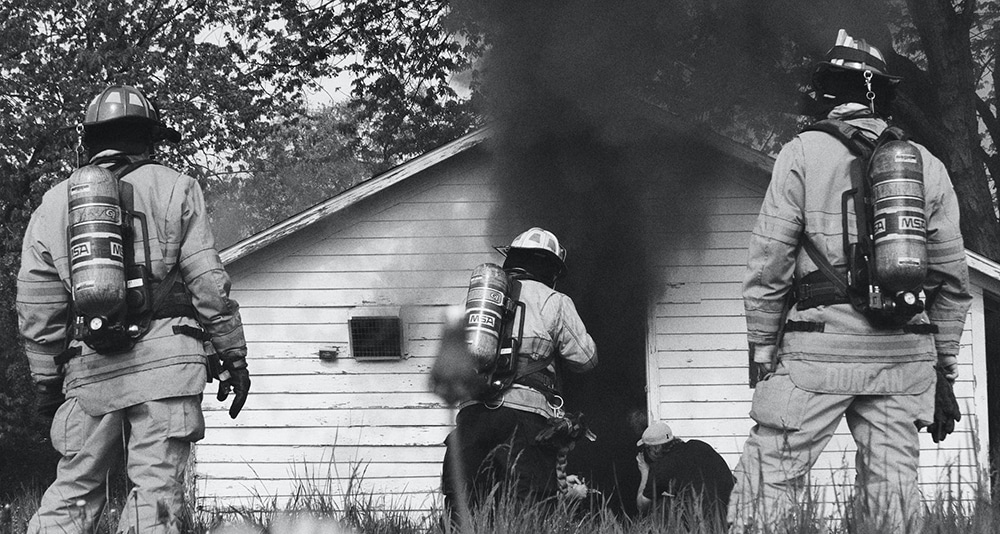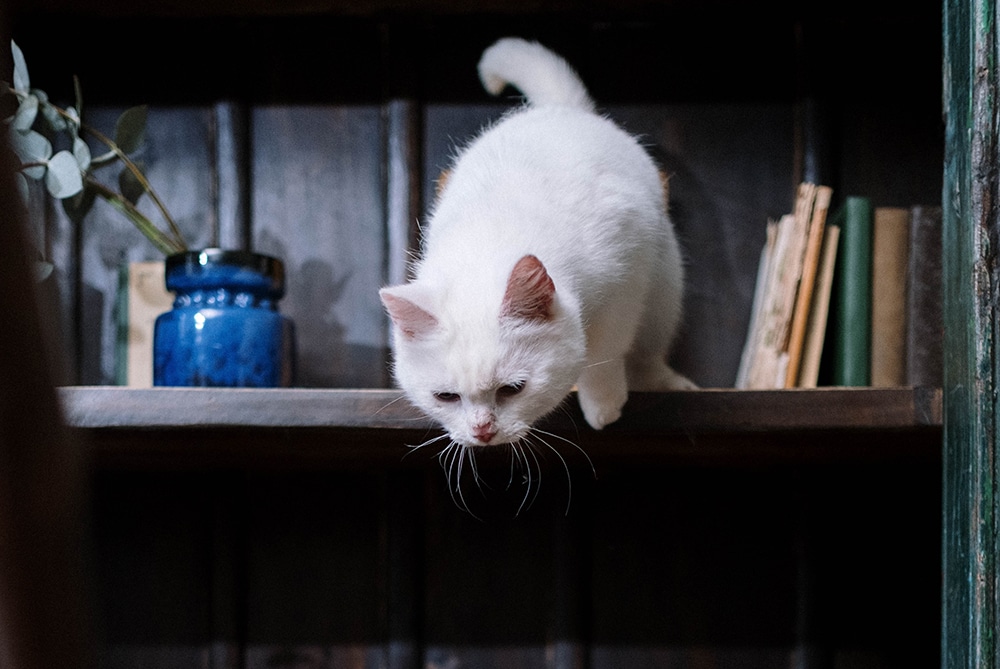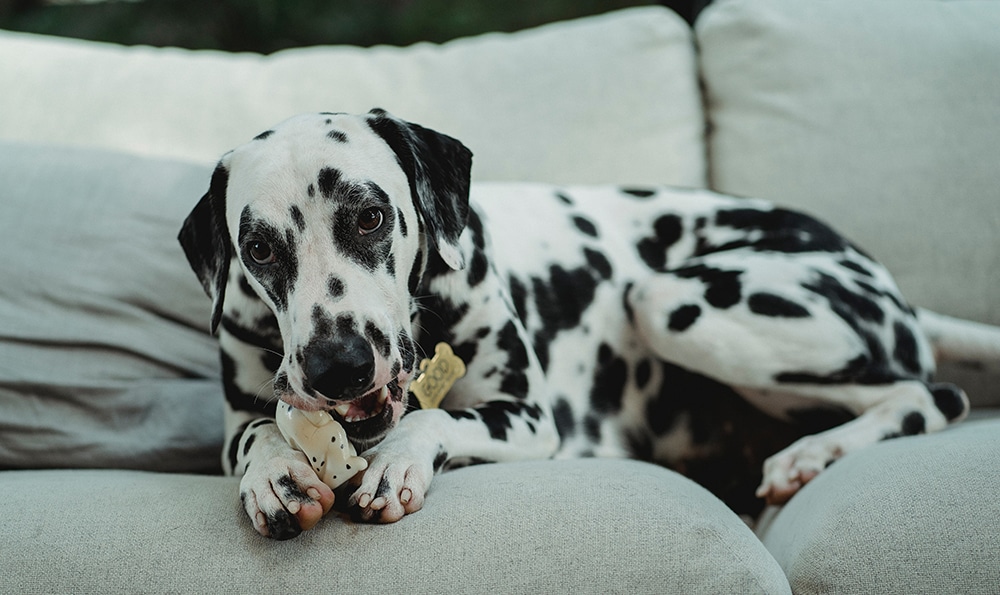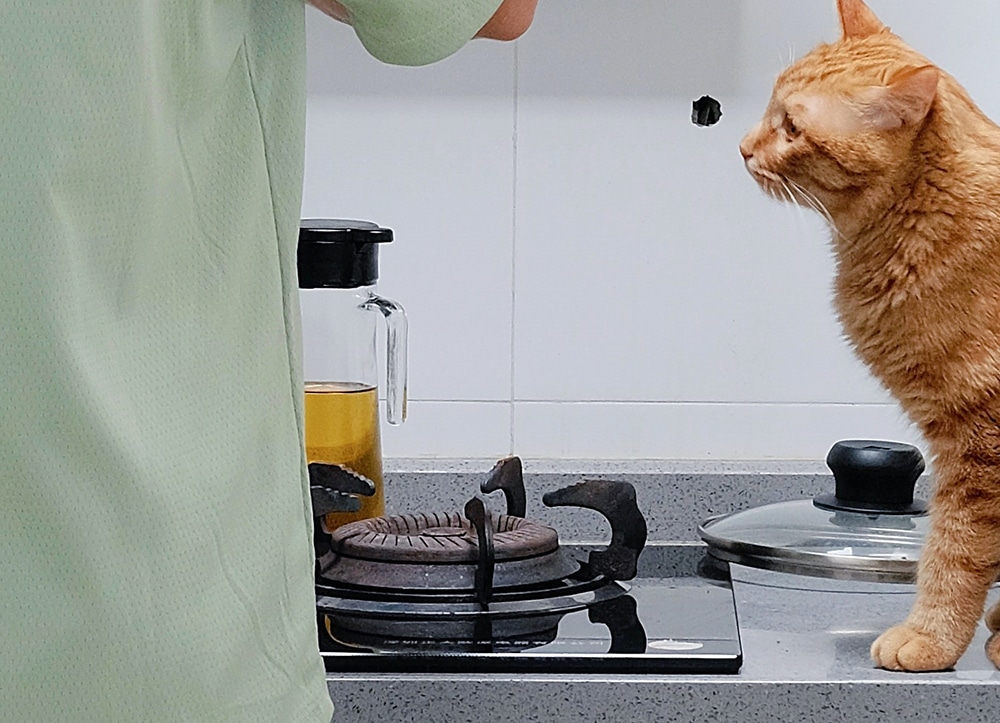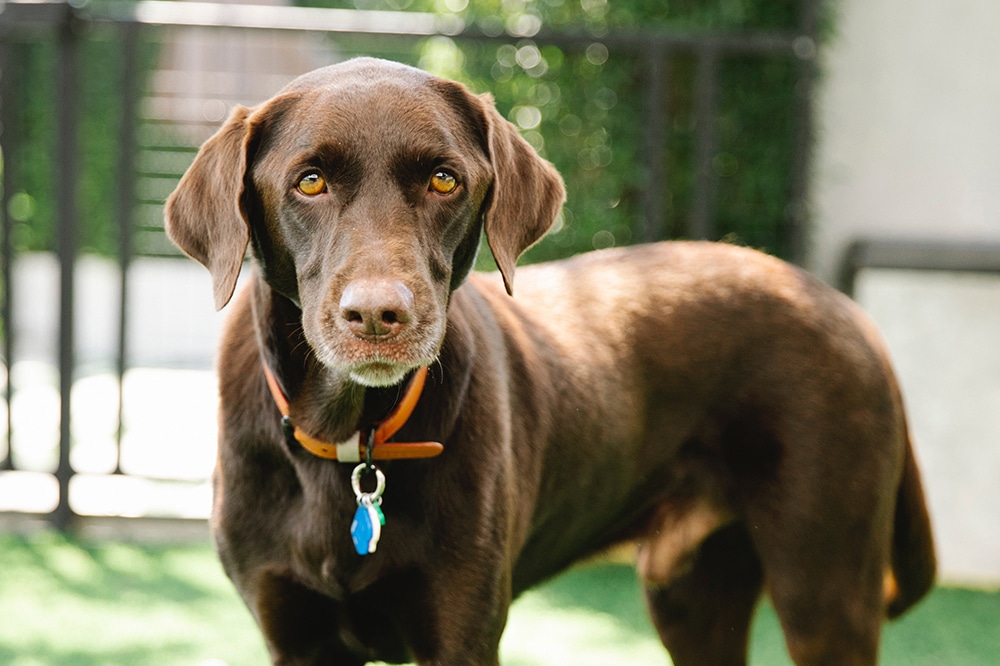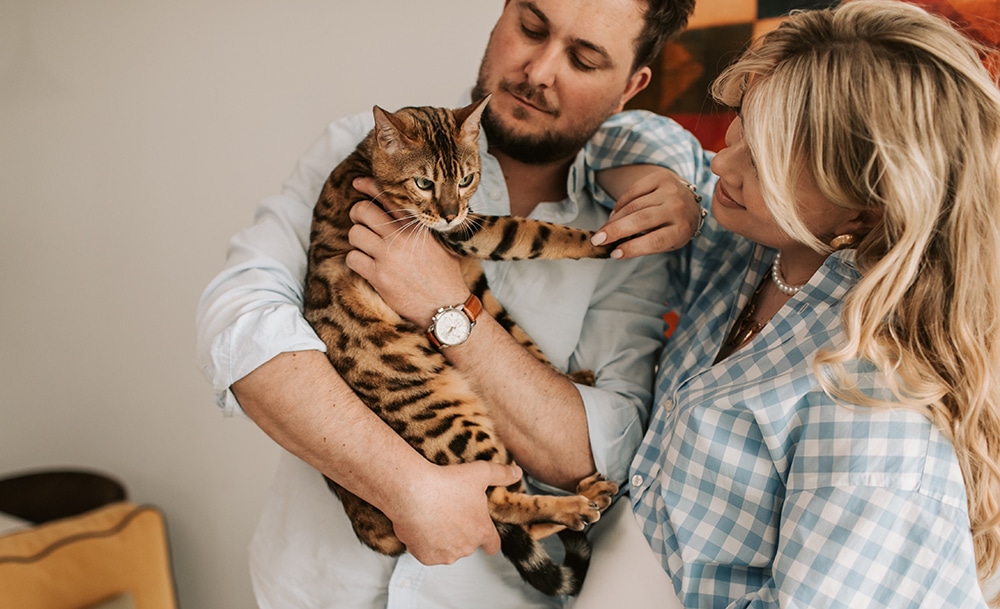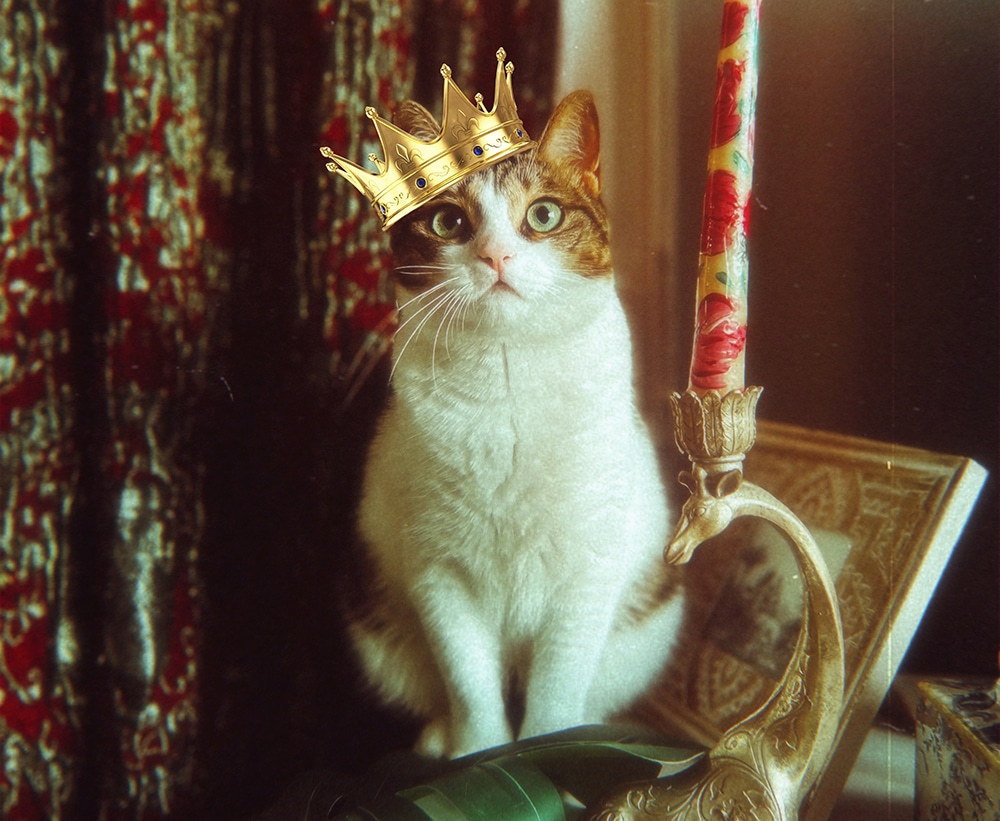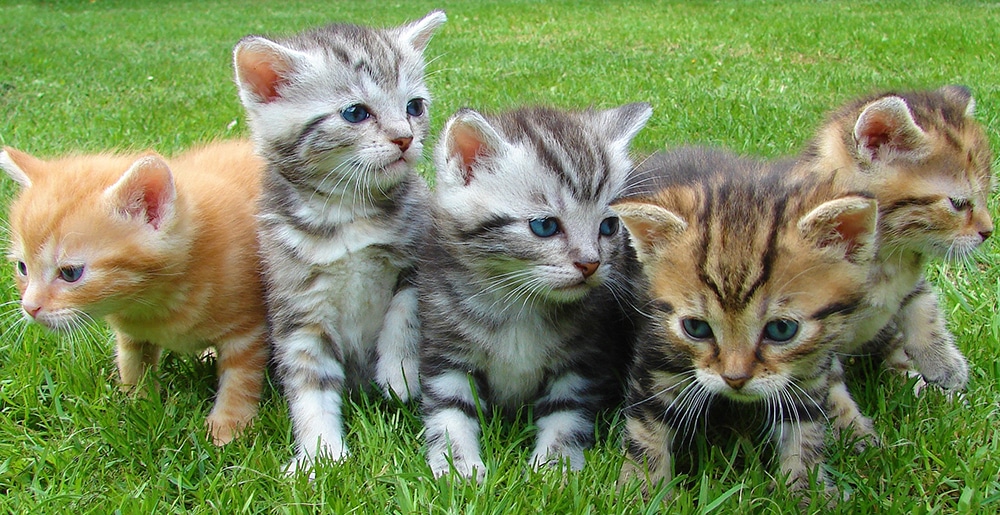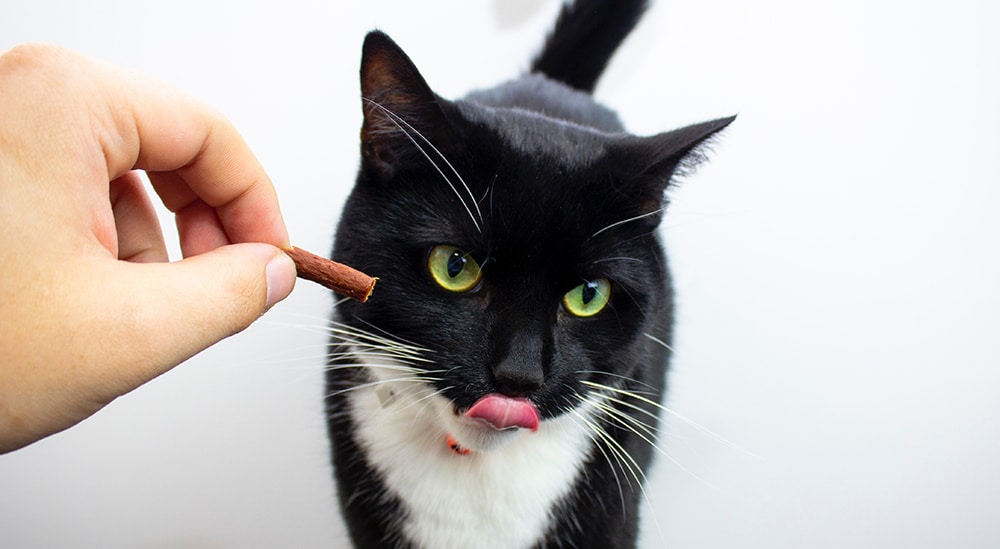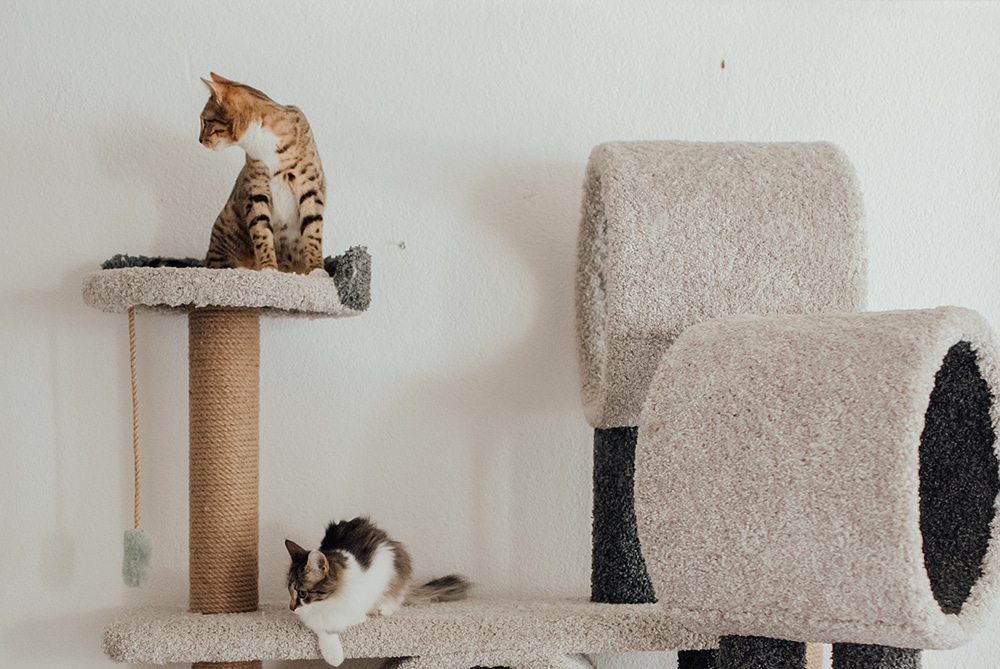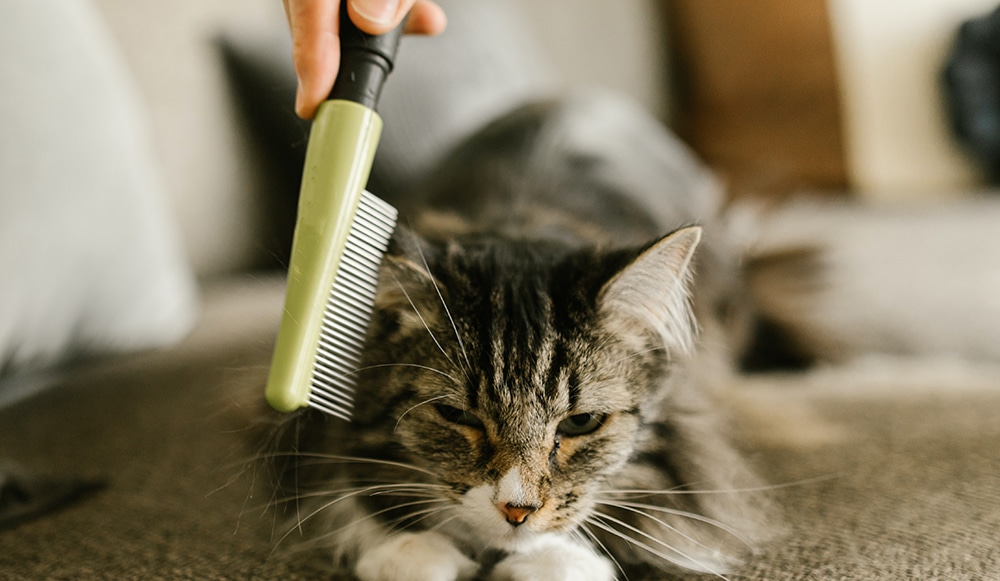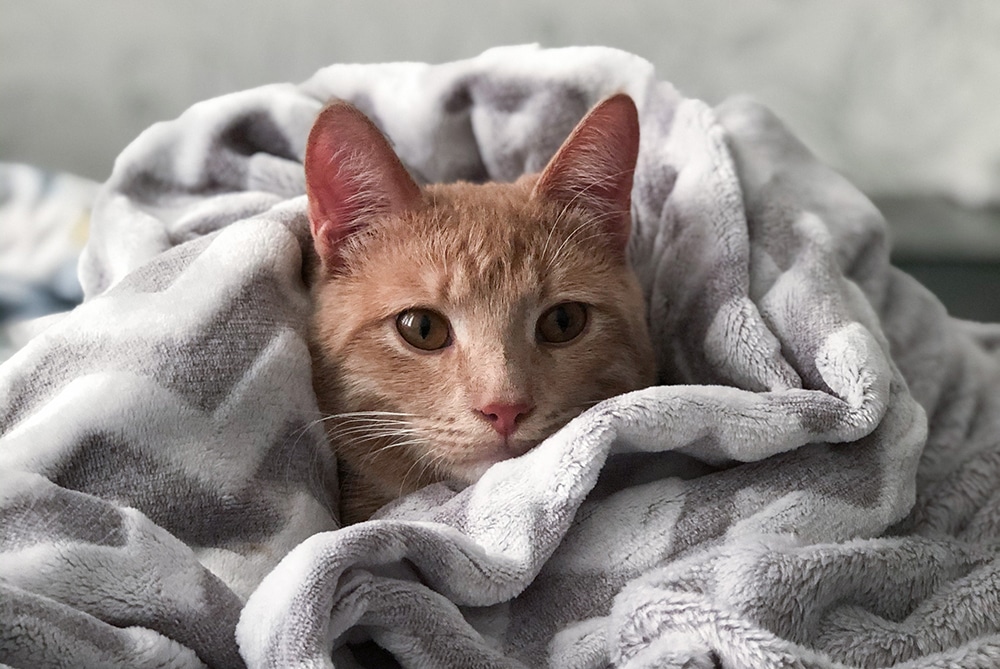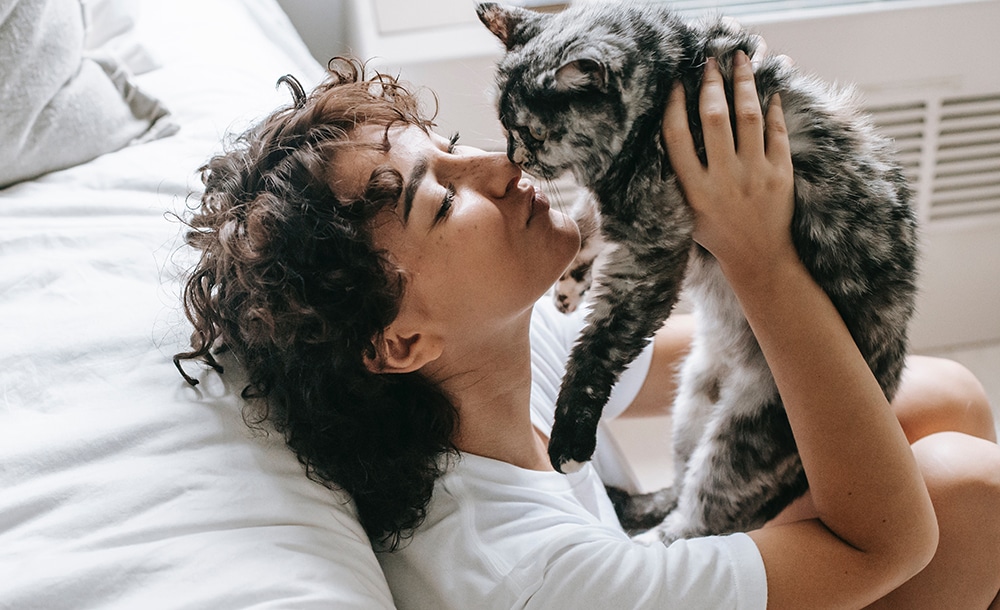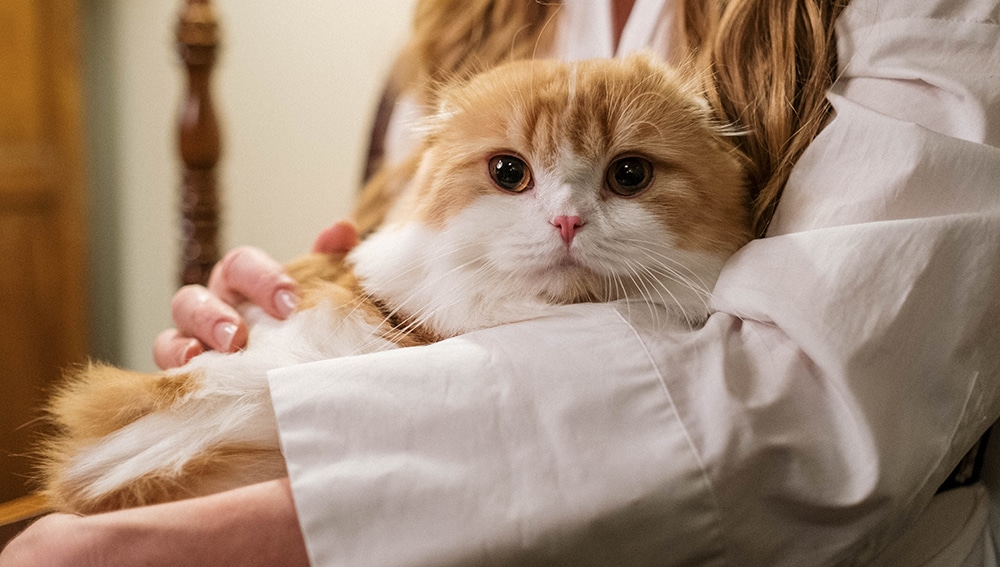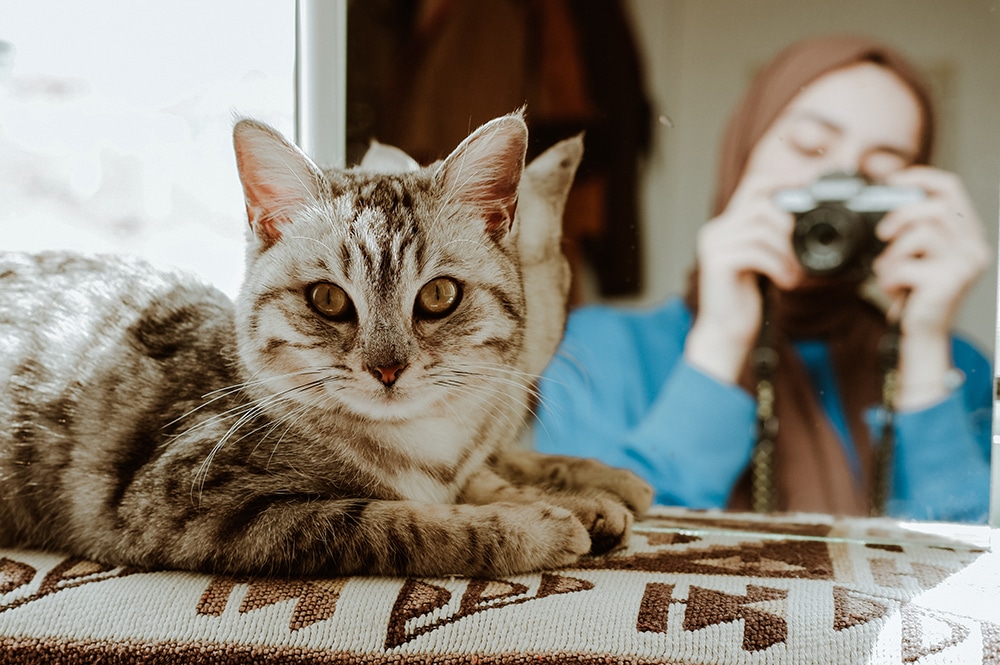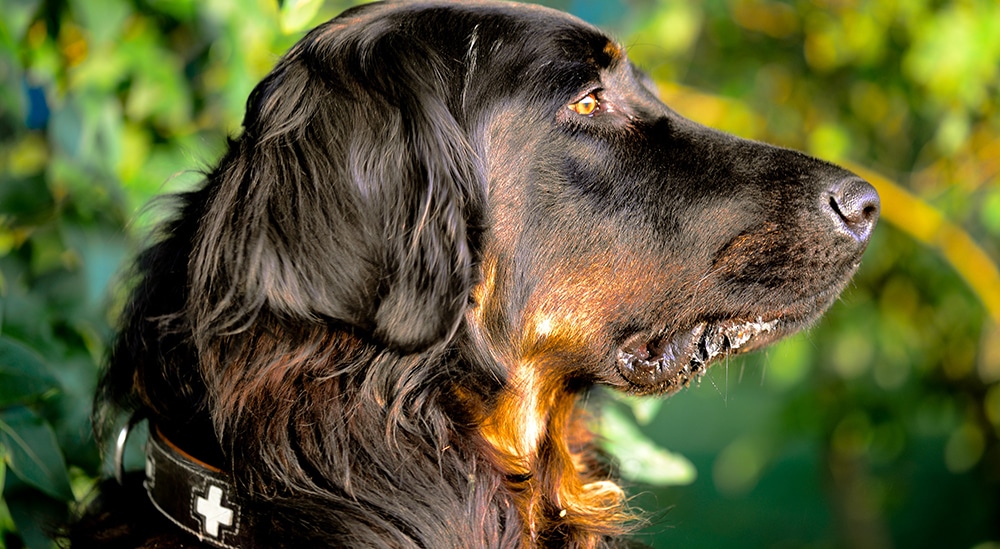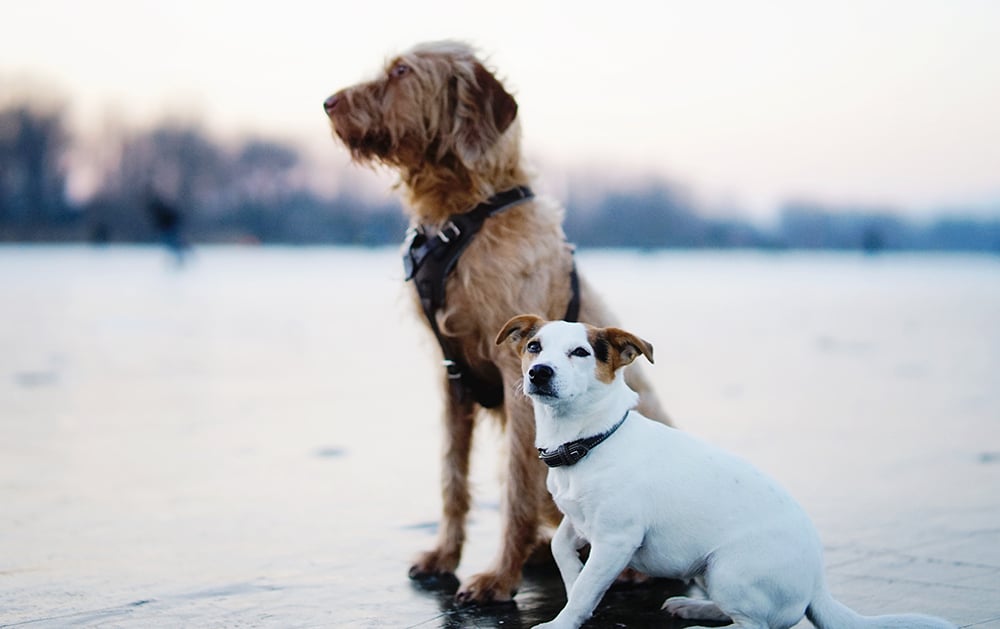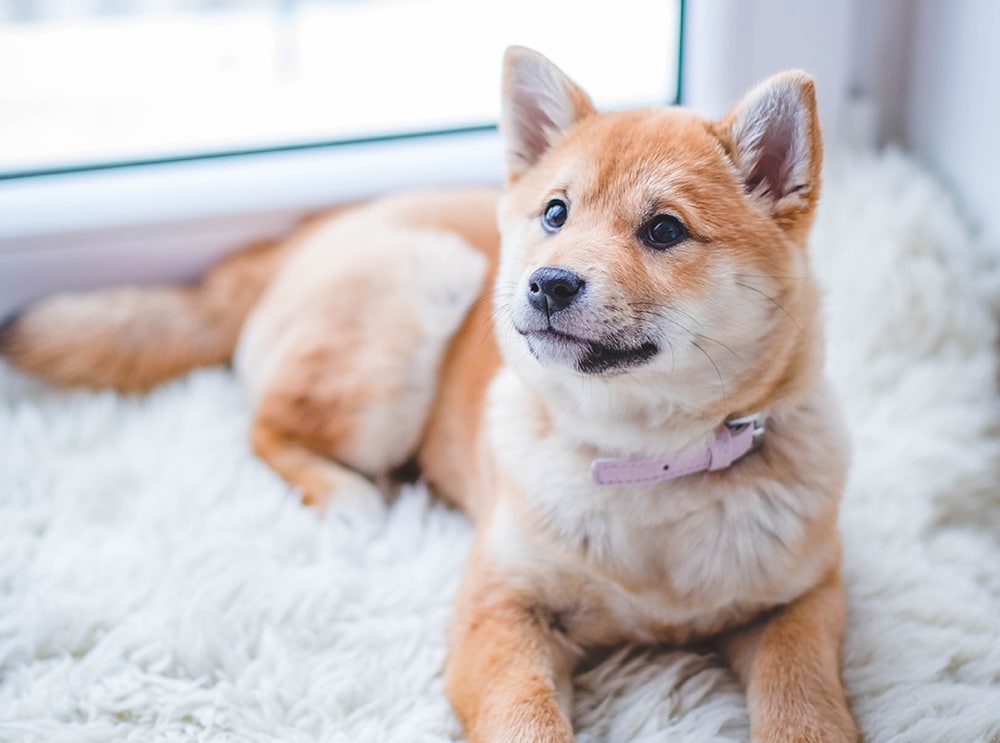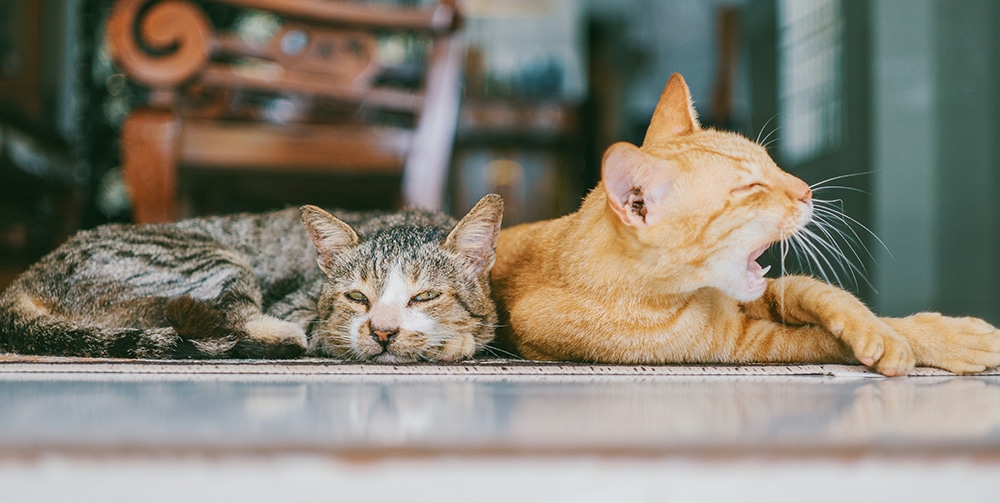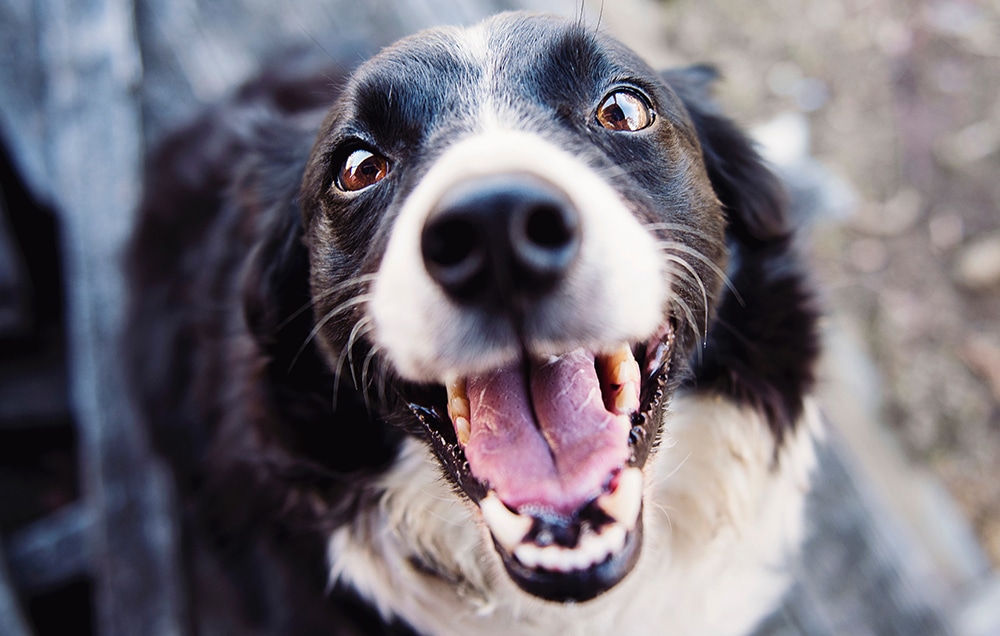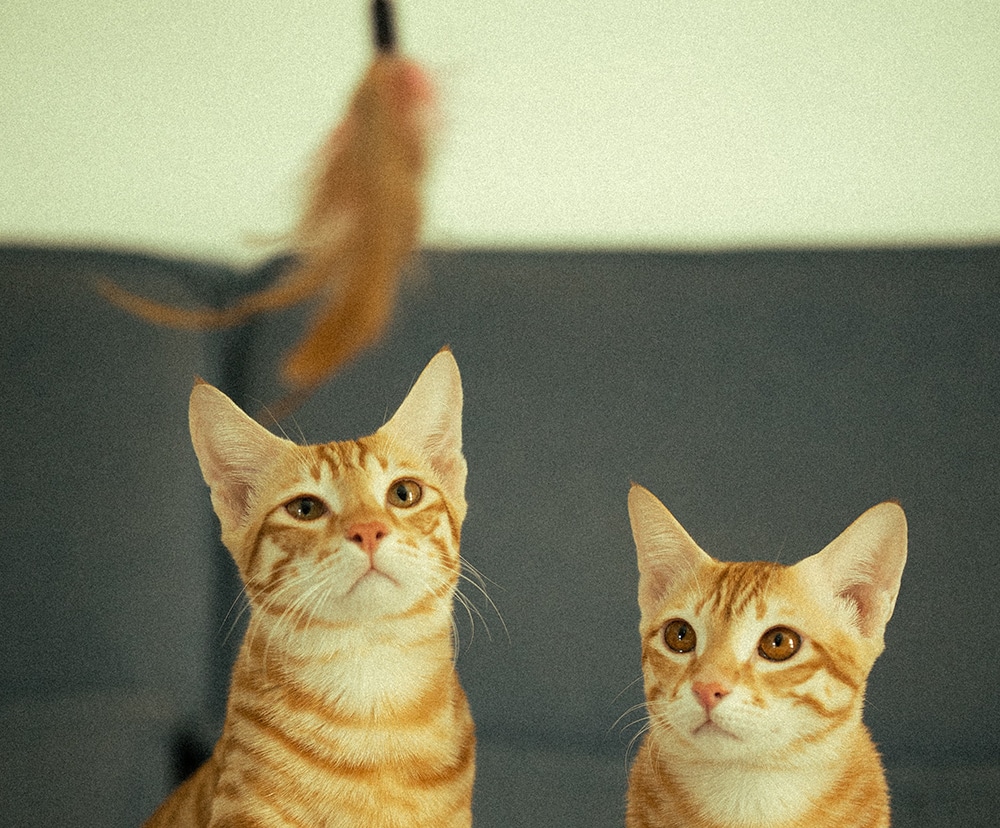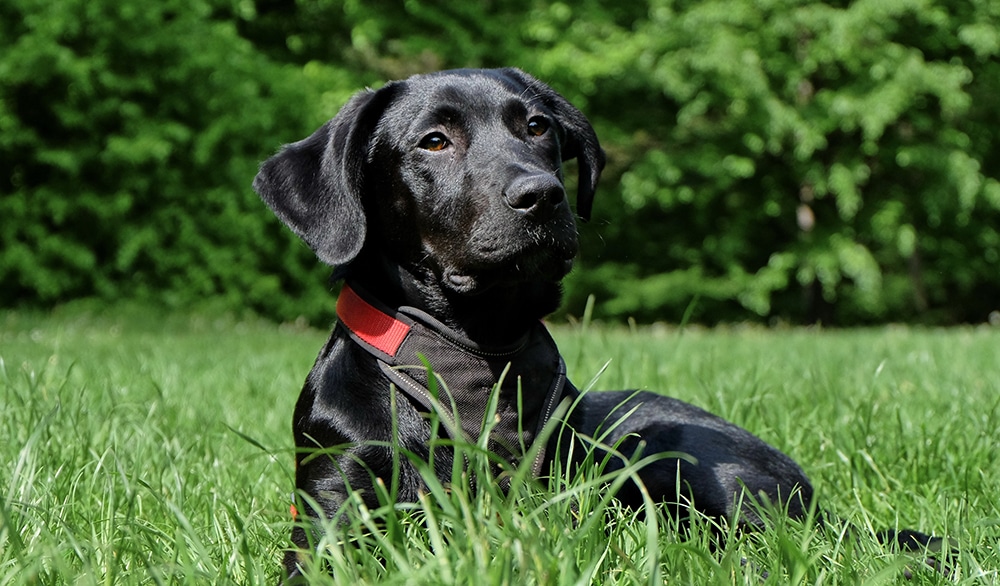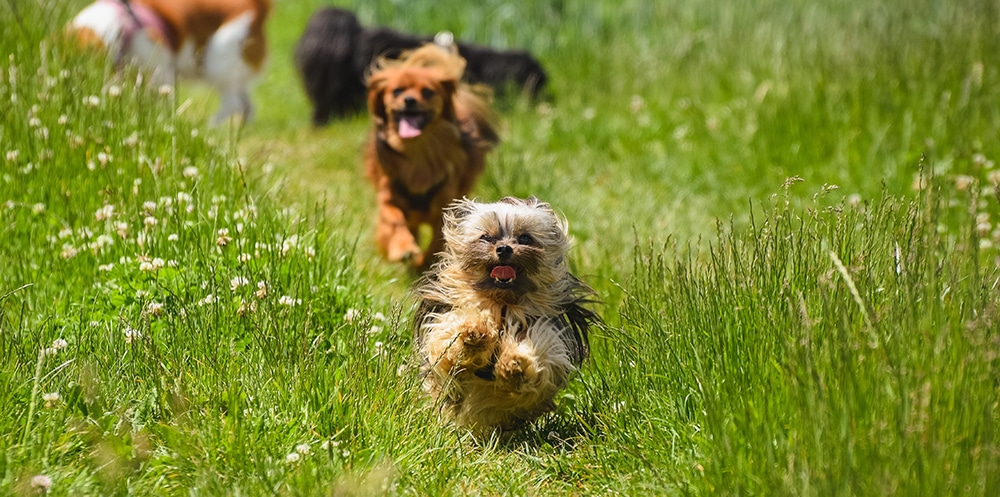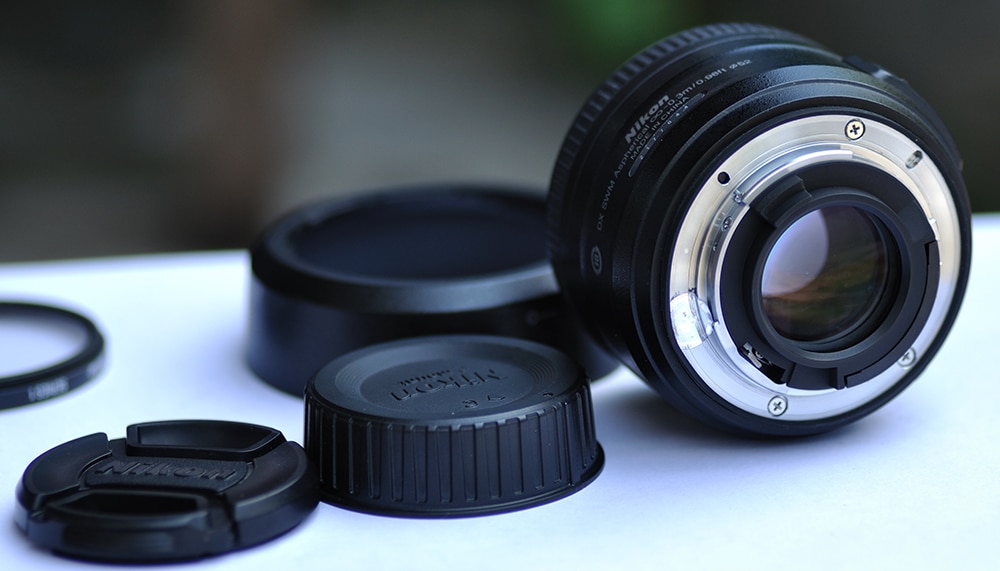Choosing a dog for you and your family is a big decision. There are benefits to having a purebred dog and a mutt. Understanding the differences and the benefits of purebred dogs and mutt dogs helps in choosing the right furry best friend.
This blog covers the definition of a purebred and a mutt, the benefits of a purebred dog, the benefits of a mutt and dog DNA testing to discover the breed or breeds in your dog.
Definition of Purebred dog and a Mutt
A purebred dog’s ancestry can be traced directly to its breed’s foundation stock. A purebred dog’s family tree consists of only one breed. There has never been intermixing with other breeds in a purebred canine’s ancestry.
A mutt is a dog made up of at least two different breeds. A mutt’s family tree is often filled with a variety of breeds and can be difficult at times to know which breeds those are exactly. Mutt’s tend to be unique in appearance as they are a combination of multiple breeds features.
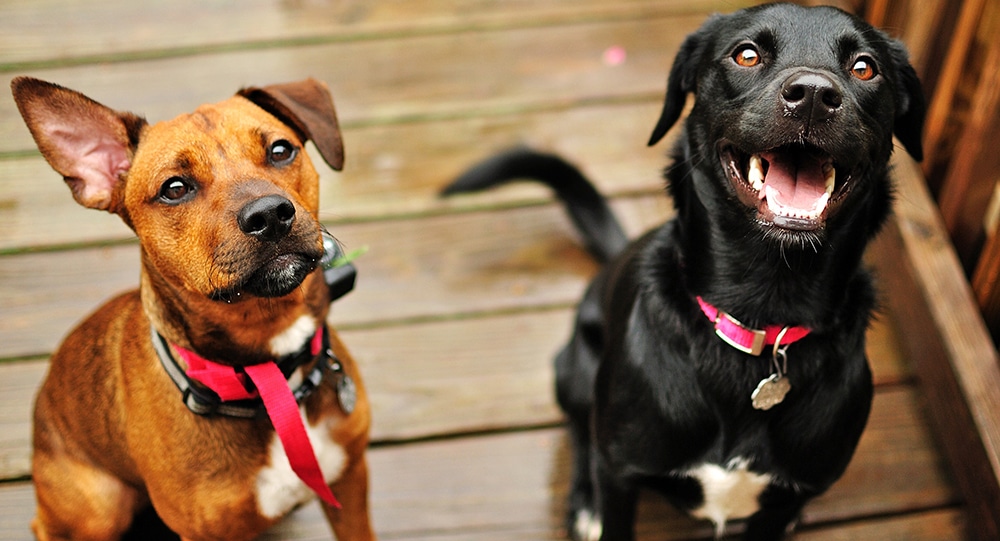
Benefits of a Purebred Dog
Predictable Behavior and Temperament
Dog breeds were bred for decades to have certain behaviors and temperaments. For example, Border Collies were raised to herd sheep.They are energetic and intelligent dogs that enjoy training, working and still have a tendency to “herd” both animals and people. Great Danes were raised to be guardians of German nobility and still guard their home, making them sometimes aggressive to other dogs they do not know.
Knowing the typical behavior and temperament of a breed makes it easier to choose a dog that fits your home and your lifestyle. This knowledge also lets a potential owner know how to train that breed of dog and how they react in certain environments. Read here to learn about each breed’s personality.
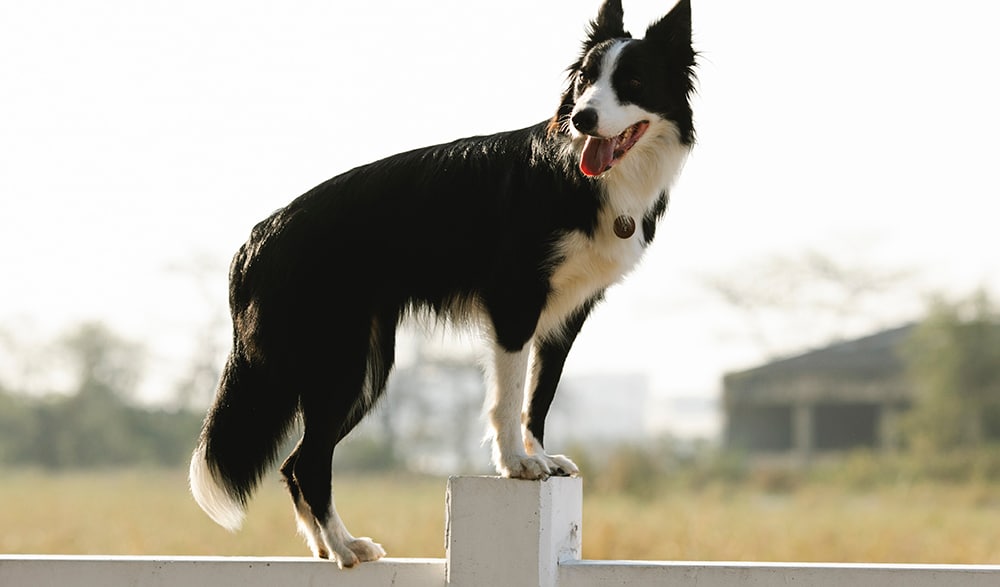
Predictable Physical Traits
A purebred dog has the exact or very similar physical traits to their breed’s foundation stock. A potential owner is aware of how big the puppy will be as an adult, the exact type of hair the dog has and how the dog looks. This knowledge is helpful for potential owners of a puppy as there will be no surprises when the puppy gets older.
Predictable Health Issues
Purebred dogs are more susceptible to genetic disorders as they have a limited gene pool. Knowing the health history of your particular dog’s family tree is important. An ethical and responsible breeder has a dog’s parents health history readily available. A purebred rescue is able to tell a potential owner the typical health issues in that particular breed.
Having knowledge of the health issues of a particular dog breed is more prone to aids in making the decision of whether or not you are able to afford or have time to help the dog as they age or when they develop those health issues.
Benefits of a Mutt Dog
Unique in Appearance
A mutt can be unpredictable in their looks since they are a mix of different breeds with varied physical traits. The benefit of this is that a mutt is one of a kind. No other dog will have the same look and build as your canine. Mixed breed dogs are some of the most beautiful dogs on earth.
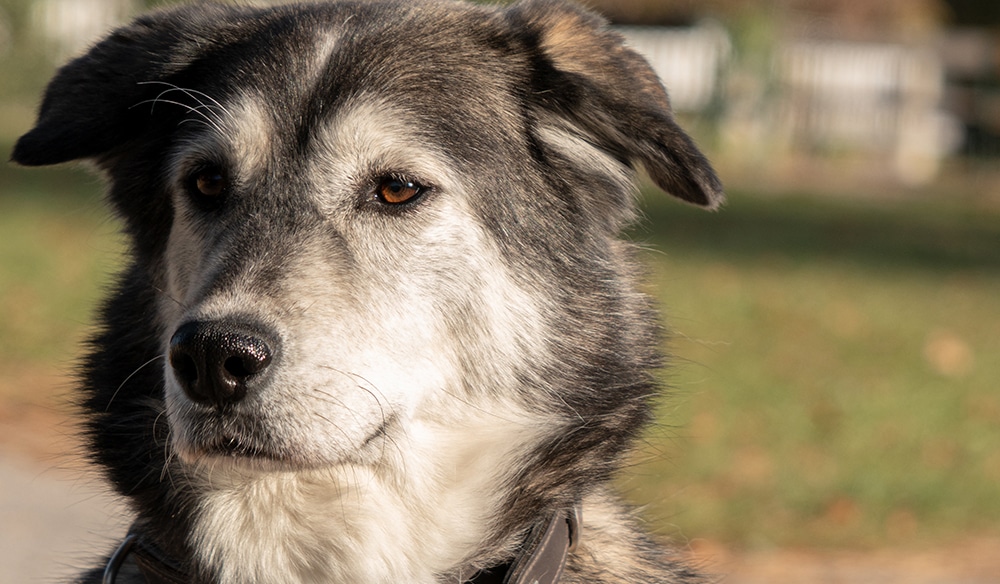
Initial Cost
Mutts are not nearly as expensive as a purebred dog for obvious reasons. Generally, a purebred dog can cost from $500 to $3000 dollars. A mutt’s adoption fees are usually $0 – $250 dollars. If having a particular breed is not important to you, adopting a mutt is a better option for your wallet.
Purebred Traits and Health Issues Toned Down in Mutts
A mutt’s DNA is from a wide and varied gene pool. A breed’s traits, behaviors and health issues are not as dominant in a mutt since they are in competition with the other breeds in the mixed dog. For example, a mixed lab may not be as hyperactive or as obsessed with fetch as a purebred lab. A mixed bulldog has a lower chance of having skin problems than a purebred bulldog.
Shelters and rescues commonly do an assessment of a dog’s personality to determine what kind of owner and home environment is best suited to them. They also have a full health check and list any issues of the dog. Talk to a shelter or rescue employee to know which mutts to look at when deciding on a dog.
Dog DNA Testing
Shelters try their best to determine what mix of breeds is in a mutts DNA. However, they do not always make correct estimates. To know for sure, have your dog take a DNA test. These kits can be purchased over the counter at pet stores or a vet can take a sample and send it to a lab. The information learned from these tests can give an owner a better overall view of their dog’s ancestry and health.
Some puppies are labeled purebred, however, sometimes that statement is a stretch. As a puppy gets older some physical traits may appear that look very different than their stated breed. A DNA test determines the exact breed or breeds of the dog and lets the owner know if they need to contact the breeder or pet store from whom they purchased their canine.

Knowledge is Power
Determining which type of dog is best for you and your family is a process. Before bringing home an adorable puppy or dog, always do research on what kind of behaviors, temperament and health issues are common in every breed. Understand the cost and benefits to either choice of purebred or mutt. Talk directly to ethical breeders, shelter employees or purebred rescue employees for information and advice.
